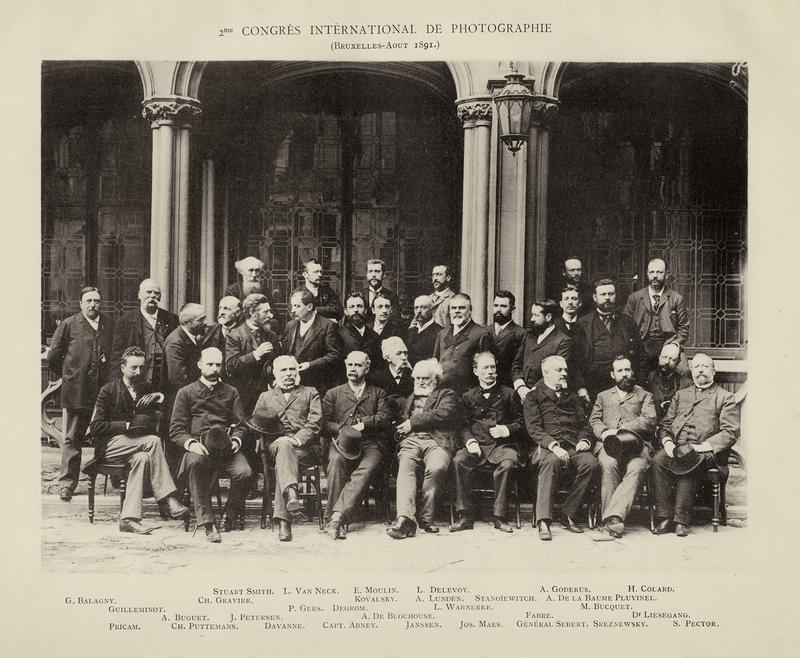Photography, Esperanto, and documentation circa 1900
Organising the coordination of documentary images presupposes an agreement on nomenclature and shared methods, a requirement that is all the more important in that the documents to be treated are countless in number and destined for exponential growth — which is indeed the case for photographs. It was in response to this challenge that, in October 1906, various stakeholders of image archiving gathered in Marseille under the aegis of the Union Internationale de Photographie. They constituted the first international congress on photographic documentation with the goal of “facilitating […] creation and the operation and coordination of photographic archives.” Everything that concerns “obtaining, conserving, and using photographic documents” was then passed through the sieves of the experts: photographers, standardizers, editors, and librarians. The conference was chaired by General Hippolyte Sebert, the president of the Société Française de Photographie. Sebert was also the cofounder of the International Federation for Information and Documentation (FID) along with Paul Otlet and advocate of its universal decimal classification in France. Like Otlet, he was passionate about the new universal language, Esperanto, and encouraged its teaching and recognition. It was through Sebert in particular that the photography and Esperantist circles sympathised in and around 1900 and that the 1906 Marseille congress featured the internationalist values and ideals of the universal language. It is these unique connections between photography, documentation, and Esperanto that this article explores.

« Deuxième congrès international de photographie, Bruxelles, août 1891 ». © Société française de photographie.
Luce Lebart is a photography historian and exhibition curator, and the director of the Institut Canadien de la Photographie of the Musée des Beaux-Arts du Canada. From 2011 to 2016 she was in charge of the collections of the Société française de photographie in Paris. She has published Mold is Beautiful (Poursuite, 2015), Tâches et traces, premiers essais photosensibles d’Hippolyte Bayard (SFP/Diaphane, 2015), the anthology of texts Les Silences d’Atget (Textuel, 2016) and, with Sam Stourdzé, Lady Liberty (Seuil, 2016).
Keywords: documentation, photography, Esperanto, normalisation, internationalism, congress, Marseille
Citation: Luce Lebart, « L’Internationale documentaire. Photographie, espéranto et documentation autour de 1900 », Transbordeur. Photographie histoire société, no. 1, 2017, pp. 62-73.